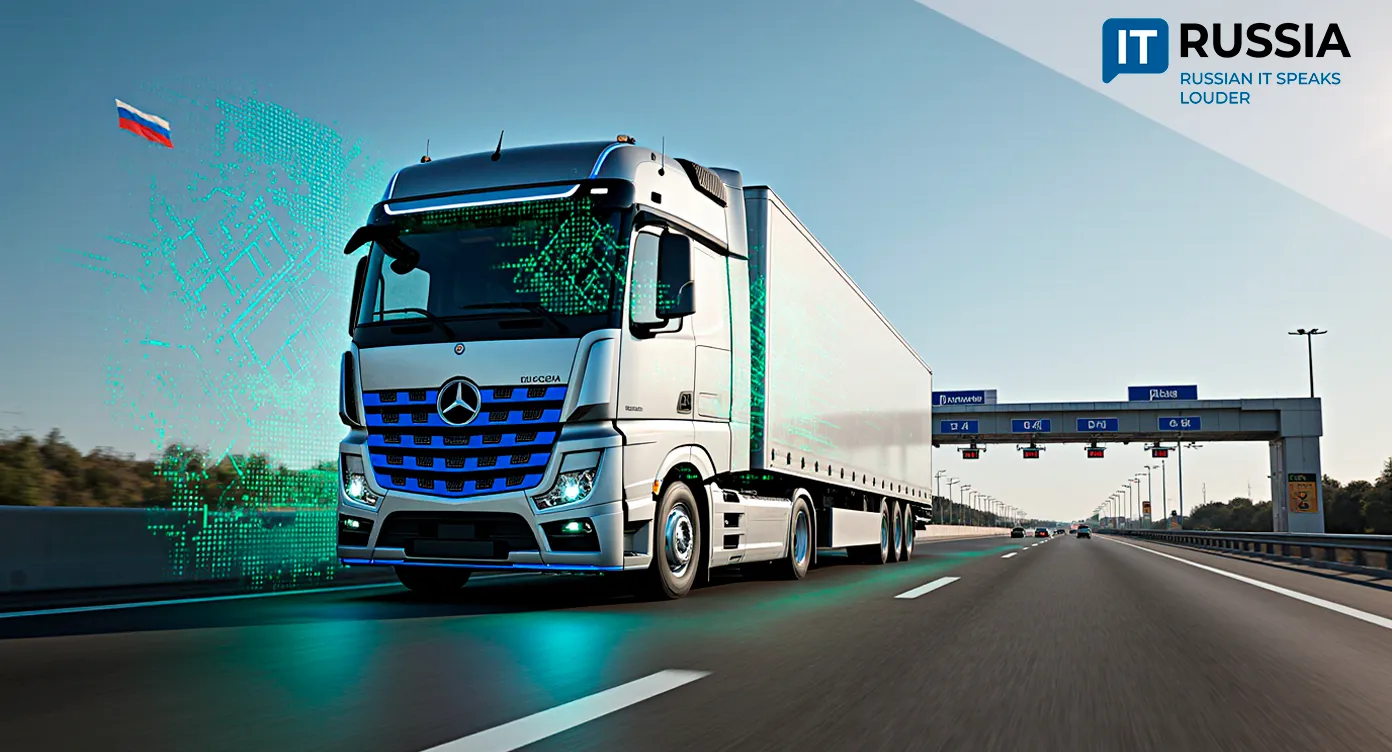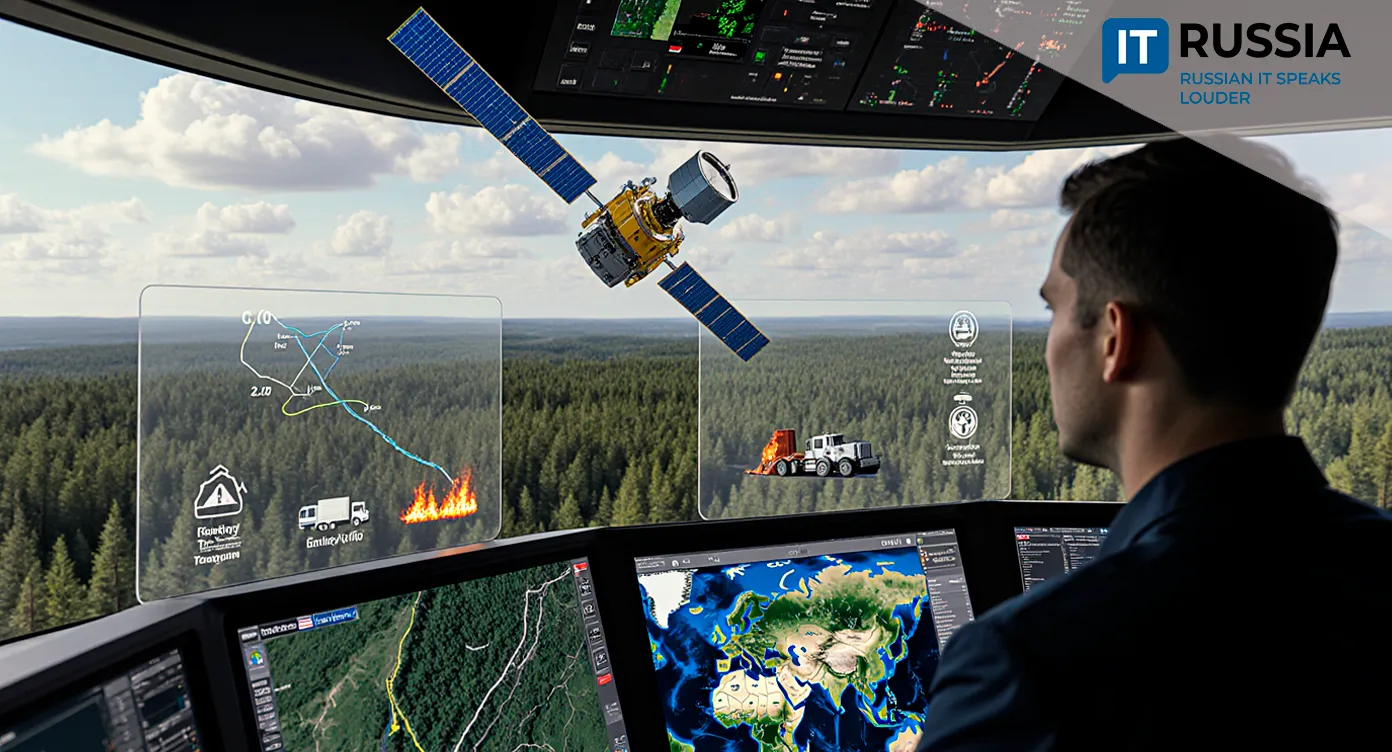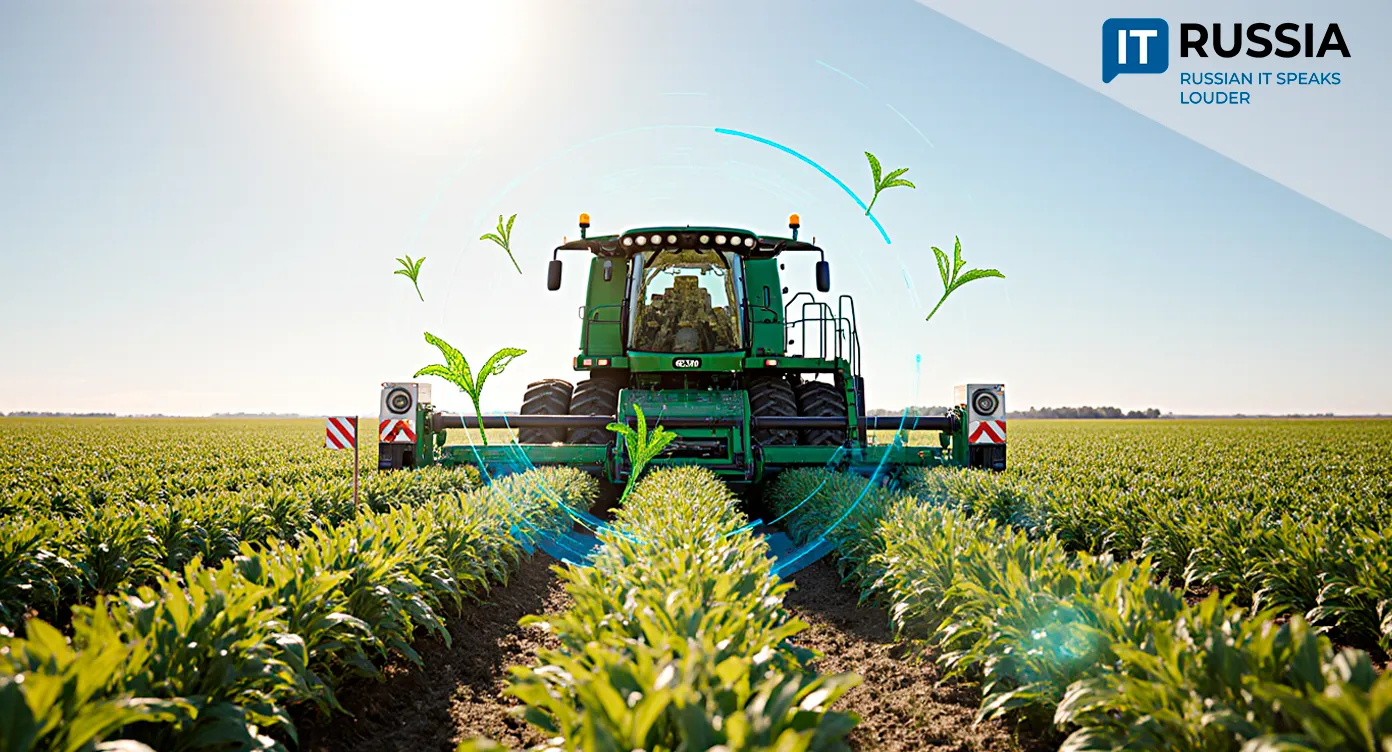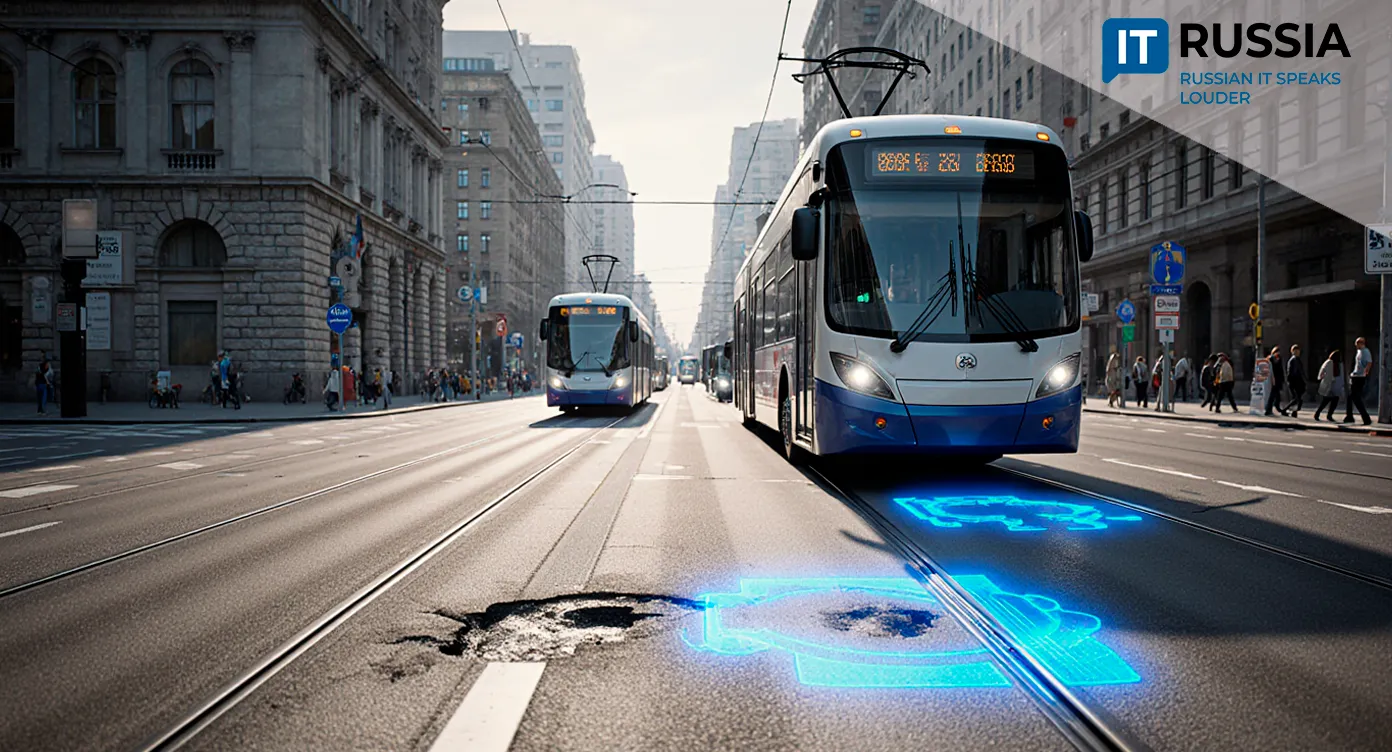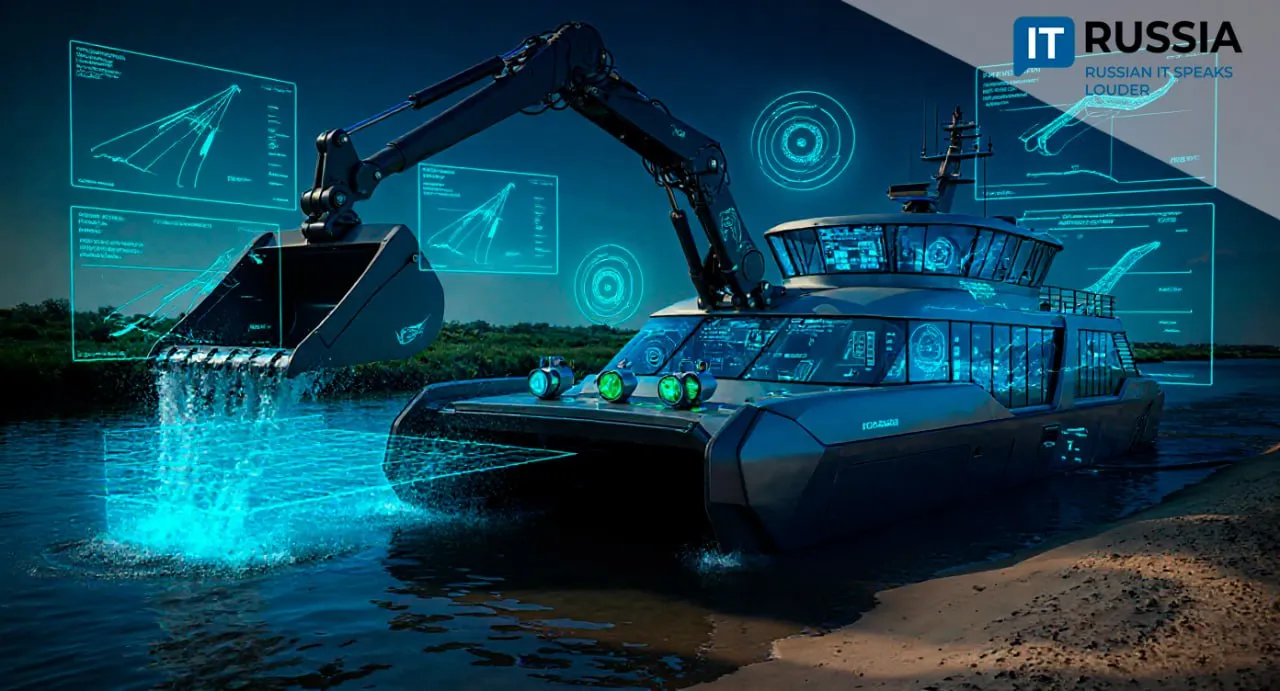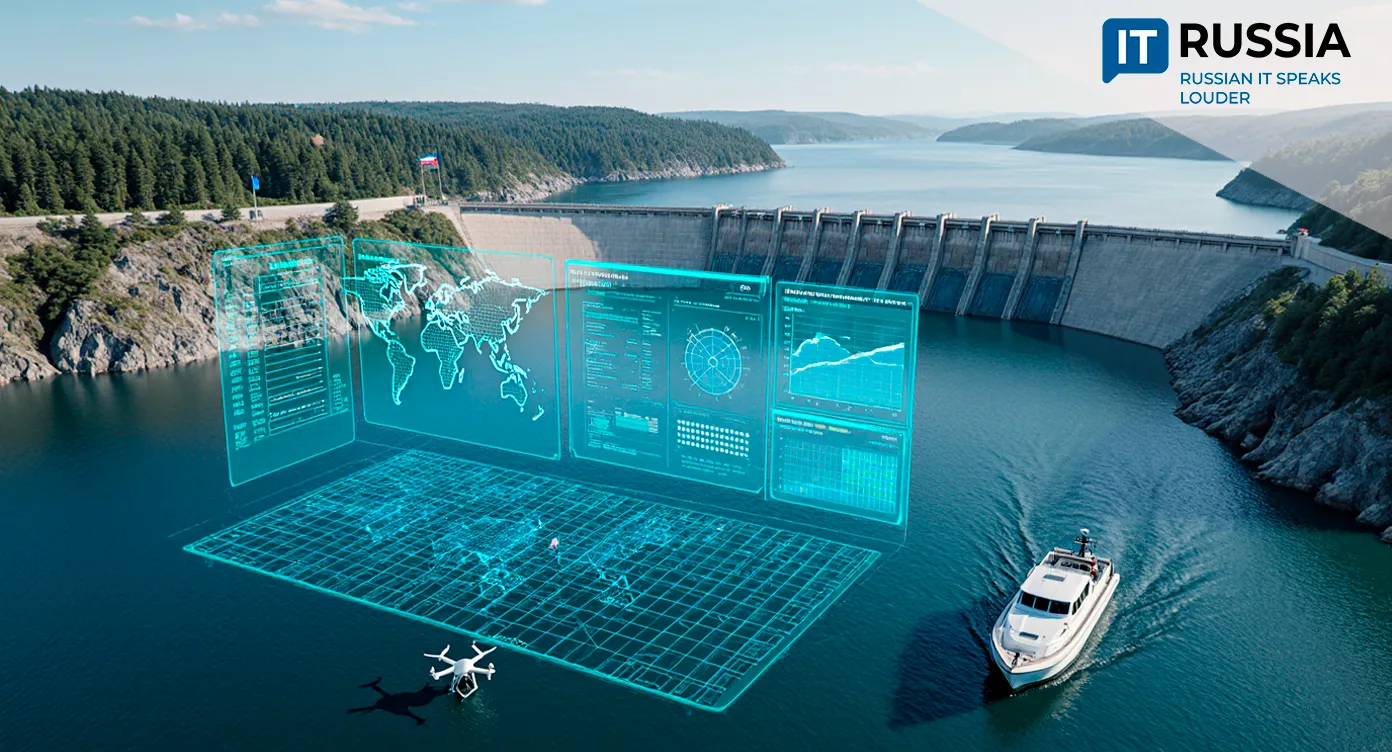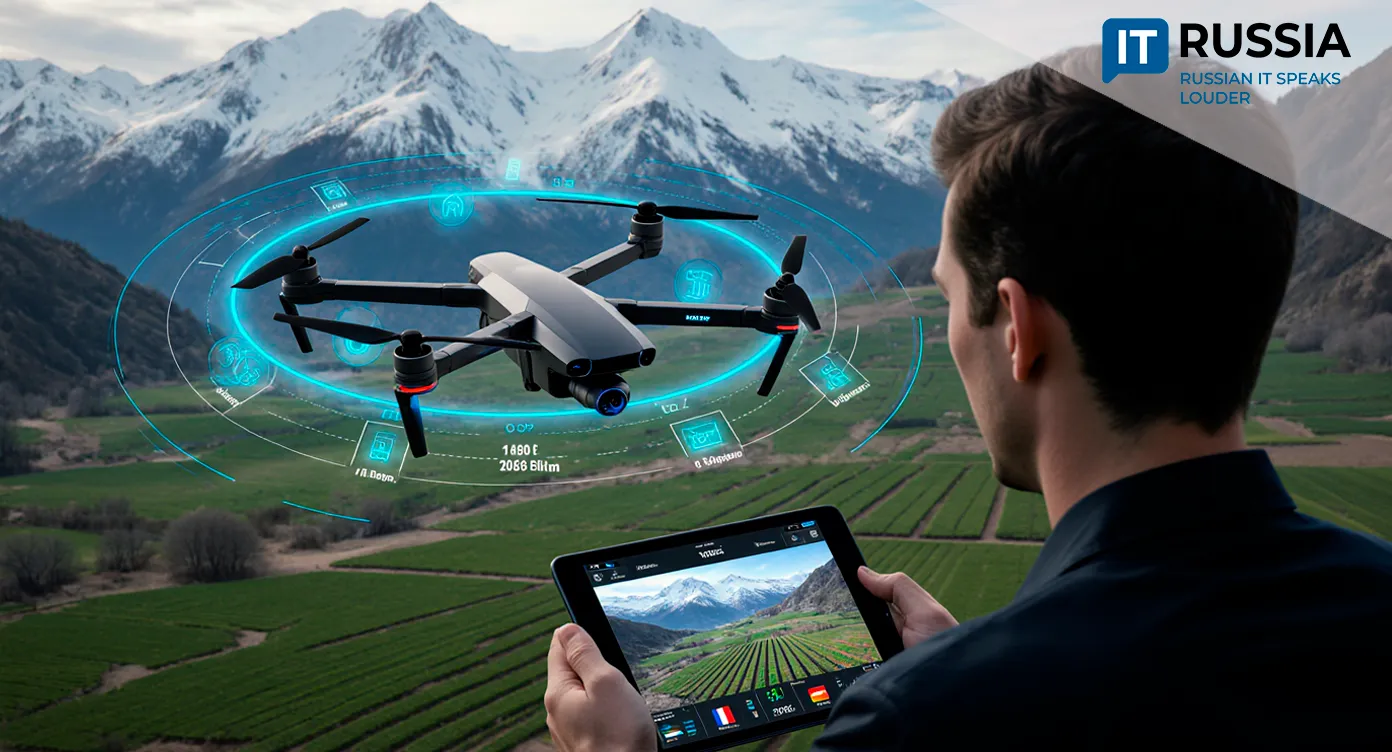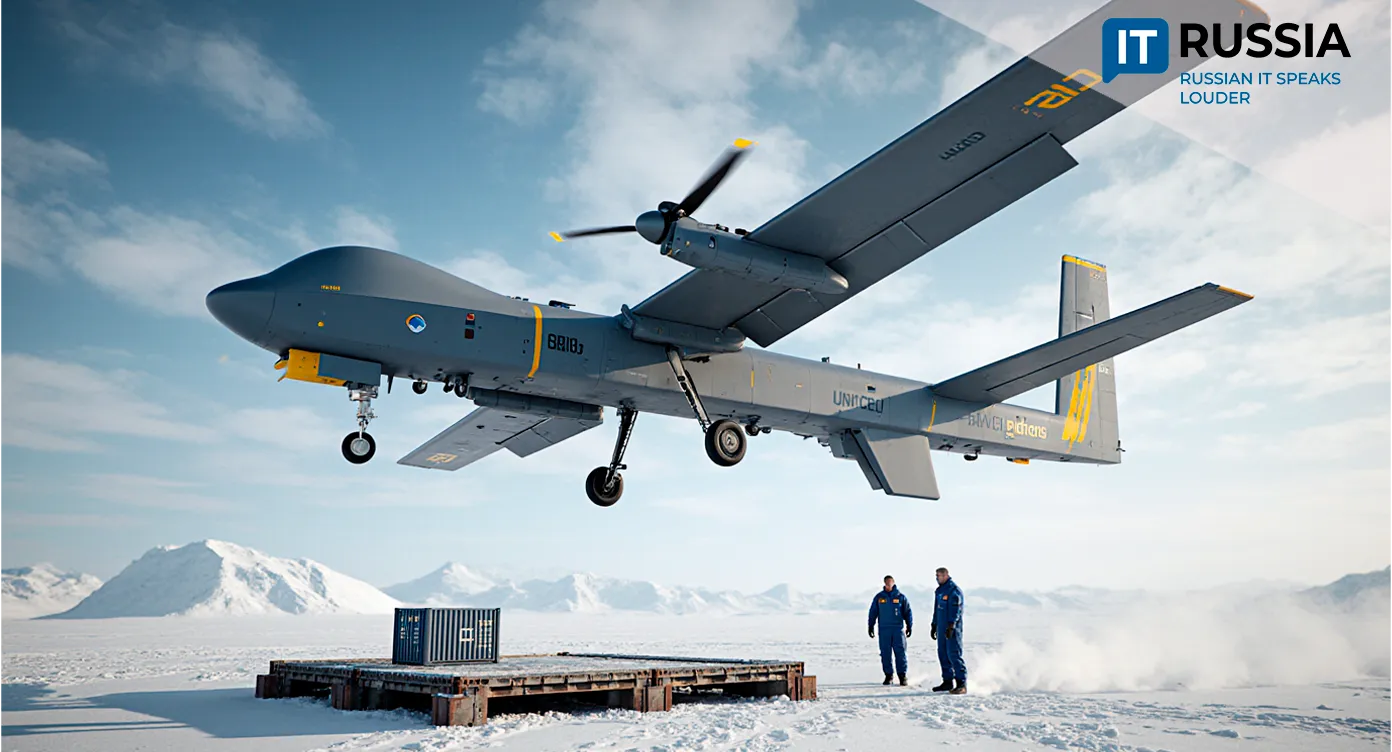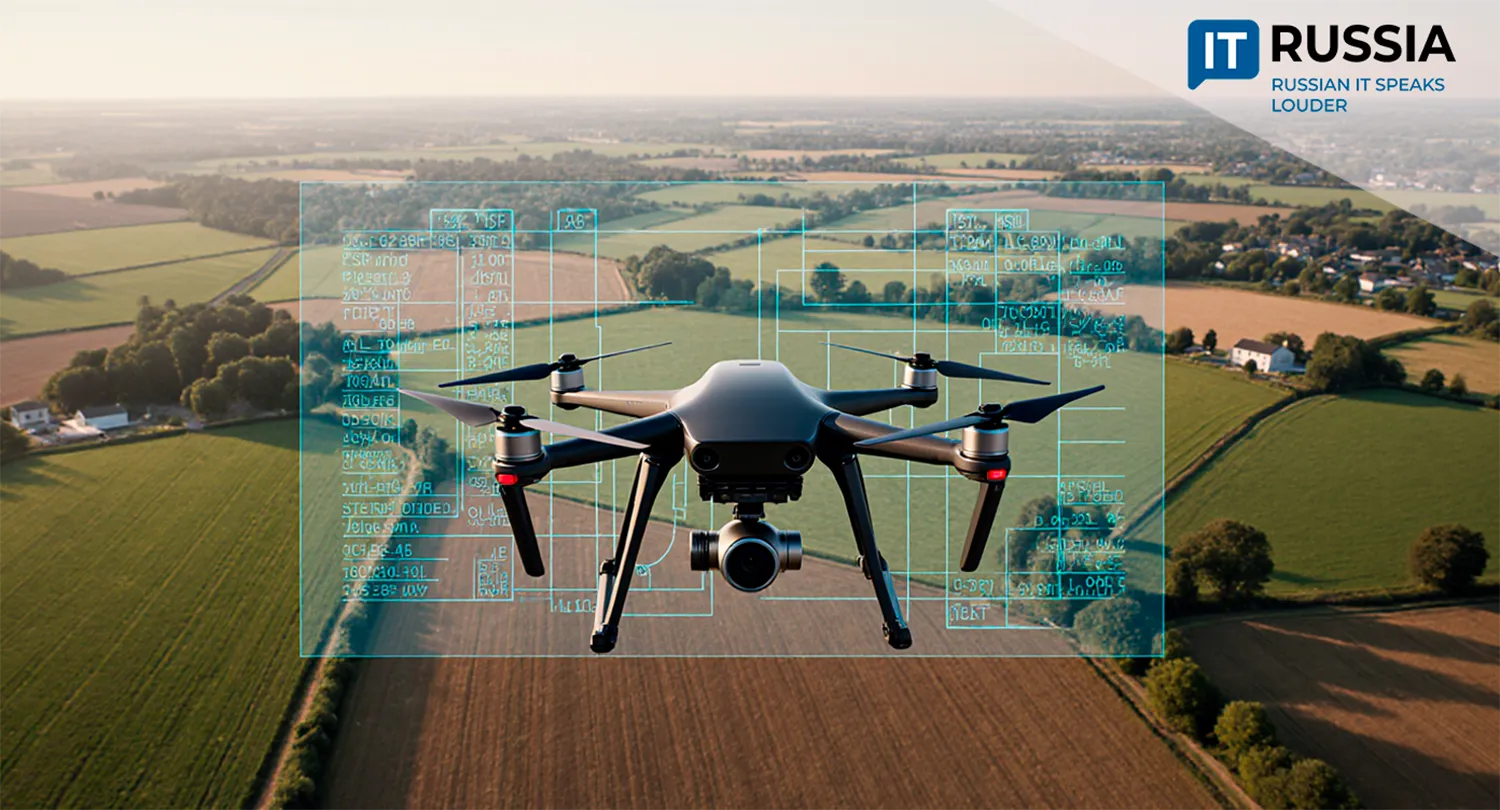Investing in Tech Leadership: Russia Tests Its First Autonomous Road Roller
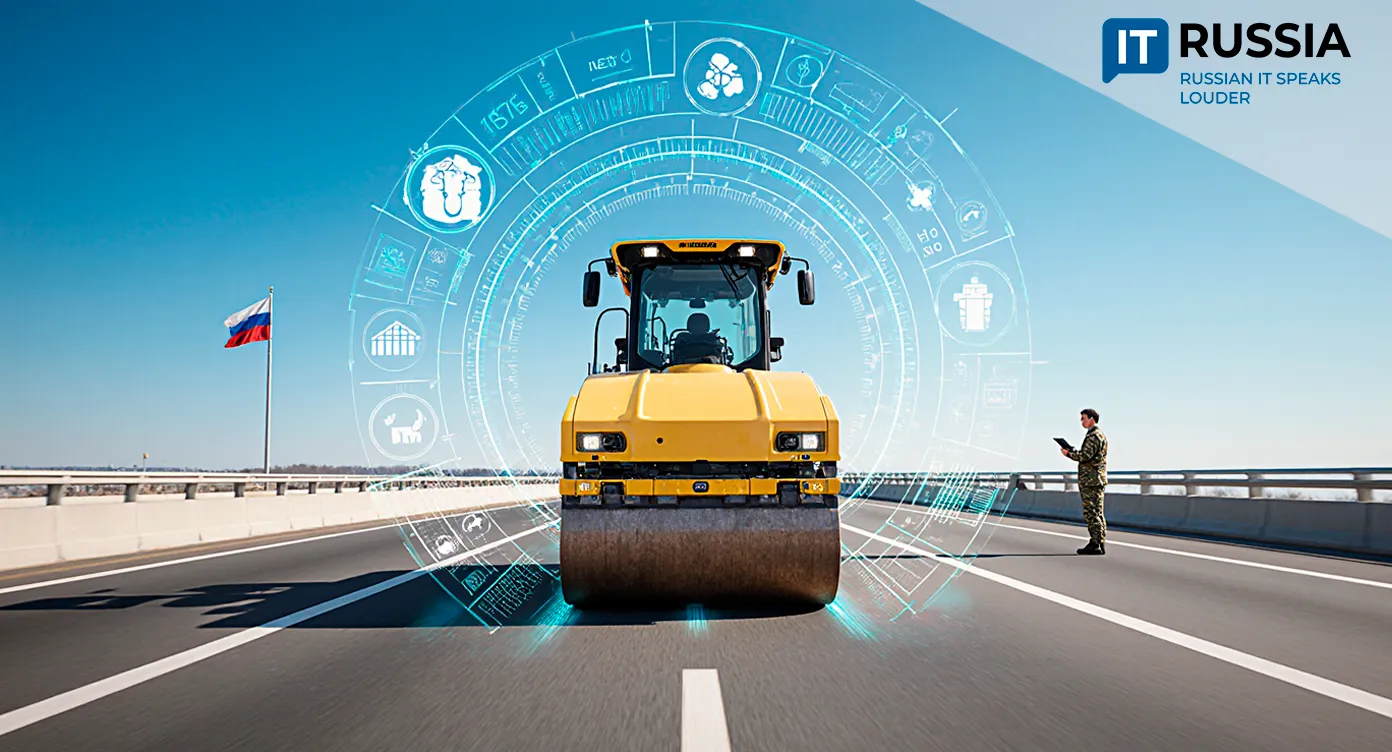
Russia has successfully tested its first fully autonomous road roller on a section of the M-12 'Vostok' highway, marking a step toward large-scale deployment of driverless construction machinery.
How the System Works
The pilot test, carried out by 'Natsproektstroy' Group together with the 'ERA-GLONASS' operator, demonstrated a high-precision auto-driving system. The roller’s steering was switched to autopilot mode: the operator specified the number of passes and the coverage width via tablet, while the system adjusted the trajectory with centimeter-level accuracy.
This precision not only boosts the speed of roadwork but also reduces operator fatigue and minimizes human error. The rollout aligns with Russia’s broader driverless agenda—driverless trucks are already moving freight along the Moscow–St. Petersburg corridor, and autonomous metro trains are scheduled to launch in Moscow next year.

Alexey Raykevich, CEO of JSC 'GLONASS,' emphasized: 'High-precision auto-driving for road construction is a unique solution. We used our own in-house developments combined with Russian positioning services provided by Roscosmos.'
Testing the system on the M-12 training ground also allows engineers to evaluate real-world performance and adapt the technology for future infrastructure projects, including the Moscow–St. Petersburg high-speed highway.
Connectivity and Safety First
The backbone of autonomous operation is reliable communication and GNSS-based positioning—core competencies of Russia’s 'GLONASS' satellite system, developed by Roscosmos.
A decade ago, on presidential orders, Russia launched the world’s first nationwide emergency response platform, 'ERA-GLONASS.' Today, the system is installed on over 13 million vehicles, transmitting crash alerts to emergency services within seconds. Now it is being extended to autonomous machinery.
The operator, JSC 'GLONASS,' ensures secure communication channels for navigation data, provides navigation and telecom solutions both domestically and internationally, and develops satellite navigation technologies for civilian use.
Autonomous machinery also depends on stable hybrid networks that combine cellular and satellite communication. Russia is moving in this direction: in 2023, the government approved the 'Satellite Systems and Services' roadmap, aimed at automating agricultural machinery with GLONASS and creating encrypted satellite TV transmission systems.

Satellites Supporting Autonomy
Before Russia deploys its low-Earth-orbit satellite constellations in 2028, engineers are already transmitting data from moving objects through domestic geostationary satellites, positioned 36,000 km above Earth.
GLONASS specialists have developed satellite terminals that work via both small satellites and geostationary 'Express' spacecraft, providing connectivity for robotic platforms in motion.
In the future, hybrid communication will remain key: using cellular service where available, and automatically switching to satellite in remote areas. This redundancy ensures uninterrupted connectivity—critical for monitoring, safety, and operational efficiency.

Strategic Importance
The integration of autonomous technologies into construction and transport infrastructure strengthens Russia’s technological sovereignty. By localizing critical technologies, the country reduces reliance on imports, safeguards economic growth, and supports innovation-driven development.





